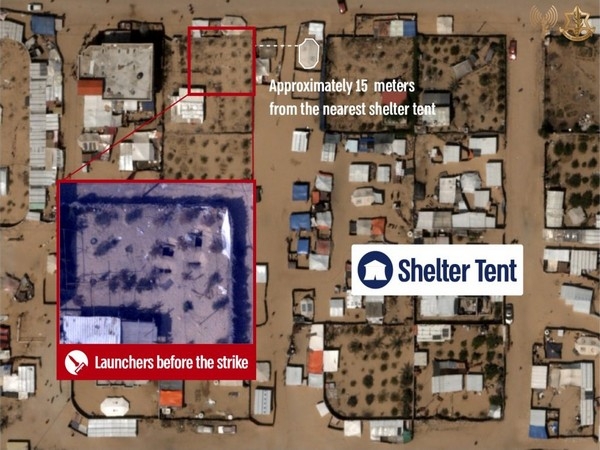Why Kashmiri press and civil society won't speak on Lt Ummer Fayaz's killing
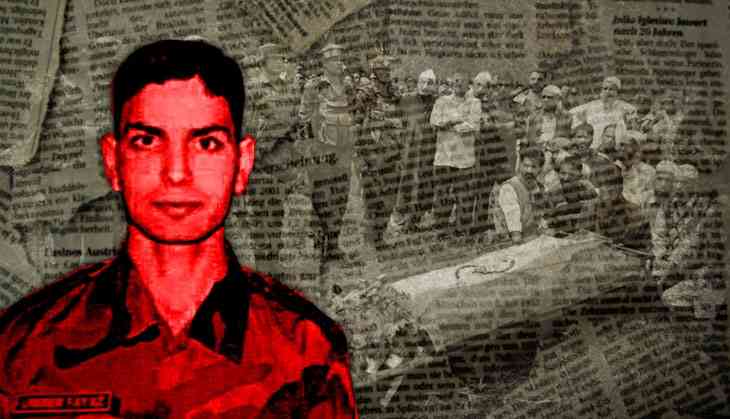
“Suspected militants abducted and later killed a 22-year-old Army officer in south Kashmir's Shopian district,” read the intro of the lead story of Greater Kashmir, the largest circulated English newspaper in the Valley, on Wednesday, a day after the Lieutenant Ummer Fayaz Parray was shot dead.
The story about Lt Parray was a lead in all other local English and Urdu dailies, complete with box items about the condemnations from the politicians and the security forces, and some specific details about his death, like how his “first leave became the last”.
The reports didn't blame the militants directly for the killing. In place of militants, the papers chose to use 'suspected militants' or 'gunmen' to identify the perpetrators, preferring rather to quote police press release on the militant involvement.
“How can we write 'militants were involved' when they didn't own up the responsibility, which they otherwise do? All we could do was to quote the police on this, which we did,” the editor of Kashmir Observer, Sajjad Haider, told Catch. “But we do write militants committed an act of violence when they claim the responsibility, like in case of the recent killings of the policemen in Kulgam."
Taking a position
Unlike other newspapers, Haider's did take a position on Parray's killing, terming it as yet another indicator of the shrunk middle ground in Kashmir, and an incident that framed the tragedy of the Valley.
“The killing of Lt Ummer Fayaz Parray, 23, has once again brought into sharp relief the grim situation in Kashmir – one where the already shrunk middle ground is narrowing by the day. Gradually, the nuance in the discourse is dying, so is the space for the mitigating circumstances for a person from any of the contending ideological persuasion or a professional field falling into the zone of one of the warring parties,” the editorial, titled 'Brutalization of Kashmir', read. “And it is not true of one side only. It is true of every side. All sides have been brutalized by the situation and in this lies the larger tragedy of Kashmir.”
Why didn’t other newspapers take a position? The answer to this question is not easy, for it involves wading into the bitterly contentious political discourse of Kashmir, where for every fresh killing that one of the warring parties carries out, there are similar killings from the past carried out by the other side and against which any opinion would be judged.
“If we write an editorial condemning the killing of an unarmed Army officer, we have to also write a similar editorial when an unarmed militant is killed. Will the state take kindly to such an editorial?” said the editor of another local daily, not willing to identify himself.
He cited the example of the militant Tauseef Wagay killed in an encounter in Budgam in April. “The militant was bedridden and being treated for an illness. He carried only a Chinese pistol and, thus, could have been arrested. The security forces not only killed him and blew up the house, but also killed the three civilians who were protesting outside,” he said.
“Besides, we live in a scenario, which is not black and white as it appears from New Delhi. It is fiendishly complex. On the one hand, you have a state which enjoys little to no credibility on the ground, and on the other, you have militant groups which draw on near-complete support from the people. Not only that, people are ready to throw everything on the line for the militants. How do you take a literal moral position on this?”
People don't mourn security personnel
Gowhar Geelani, the journalist and commentator, takes the same line forward: “Kashmir is a unique place where the discourse of the state is not the discourse of the people. So, what do you do in such a situation? Can you, as a local newspaper, afford to ply an exclusive state discourse on the situation as the large sections of the media in New Delhi do, identifying themselves completely with the state suppression in Kashmir, even cheerleading and encouraging it? You can't. People in Kashmir, because of their scalding memory of state violence, don't mourn the killings of security personnel, even their own. And one who does this is seen as a collaborator.”
Geelani's point is borne out by the recent simultaneous funerals in south Kashmir: one for the militant Fayaz Ahmad Aishwar, which was attended by the thousands, and another for policeman Azhar Mahmood killed by him, which was attended by only family and close friends.
Aishwar died when he, along with his three associates, carried out an attack on the policemen regulating traffic after a road accident. The militants had allegedly tried to snatch guns from the policemen. Mahmood, who had caught hold of one of the militants allegedly by his throat, died when other militants fired at him.
“Such a muddled situation makes opinions and positions in Kashmir an inherently fraught affair,” says Geelani. “Since last year, more than a hundred youth, most of them teenagers, with just stones in hand, have been killed by the forces. Was anybody held accountable? Was any inquiry ordered? So, the problem in Kashmir is that it is impossible for almost anybody to speak from a moral high ground, least of all the state, which has the most heinous of all crimes on its hands.”
No position from civil society groups
While newspapers didn't take a position on Parray's killing, choosing to report it only as the major event of the day, civil society groups didn't condemn it either, for more or less the same reasons.
“Condemnation is a ritual. And by Kashmir standards, if we start condemning all deaths, it will become a full time job for any organisation, for then, we'd have to do it everyday, twice a day, with all the killings happening around us. The issue is not the condemnation, the issue is what do we do about the situation that leads to everyday killings. But nobody will talk about that,” says Hameedah Nayeem, the chairperson of the Kashmir Centre for Social and Development Studies.
“As for the killing of the young Army officer is concerned, even if it is done by the militants, they have only taken the lead from what the government forces have done. Wasn't Burhan Wani's brother killed in similar circumstances? What about the hundreds of the other killings? Do civil society organisations in India take a position on them, other than siding largely uncritically with the government?”
However, Nayeem added that she was pained by all the killings and wanted an end to them. “But how will these end, if you go on brutalising this place?” she asked.
Similarly, in a Facebook post, the noted human rights defender Khurram Parvez termed the condemnation of killings in conflict areas as 'politics'.
“If we actually care about those killed, we should ensure the context within which these killings are taking place is transformed,” he wrote.
Why do you hold us to highest standards?
Speaking to Catch, Khurram narrated the story of the jailed stone pelter Zubair Ahmad Turray, who, police say, escaped a week ago. “But the family says he didn't come home, nor contact them. He is missing. Where has he gone? Why will there be never an outrage over this. This incident, too, hasn't been covered adequately by the local newspapers. Just brief news here and there. But will anybody in Delhi care?” he asks. “So, why are we being asked to take a position over the killing of an Army officer? What moral right do they have to demand it? We never ask them to take a position over scores of other killings.”
Was Parray's killing wrong? “Of course, it is wrong,” says Khurram. “But on their side, they will never say the government forces were wrong. Ram Madhav said 'everything is fair in love and war' when it came to the use of the human shield by the Army. The media picks up one odd video for exclusive focus where protesters are shown heckling CRPF personnel, ignoring scores of others where the forces are shown torturing teenage boys. Come on, with what cheek do you hold us to the highest standards?”
First published: 12 May 2017, 19:21 IST
_251372_300x172.jpg)
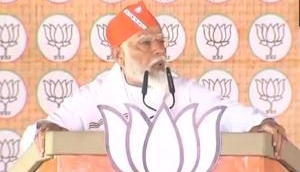
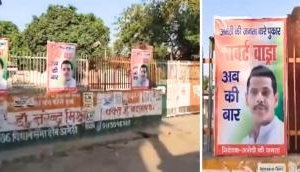
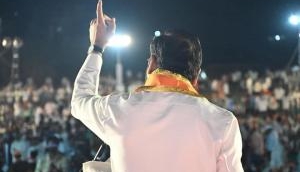

![BJP's Kapil Mishra recreates Shankar Mahadevan’s ‘Breathless’ song to highlight Delhi pollution [WATCH] BJP's Kapil Mishra recreates Shankar Mahadevan’s ‘Breathless’ song to highlight Delhi pollution [WATCH]](http://images.catchnews.com/upload/2022/11/03/kapil-mishra_240884_300x172.png)

![Anupam Kher shares pictures of his toned body on 67th birthday [MUST SEE] Anupam Kher shares pictures of his toned body on 67th birthday [MUST SEE]](http://images.catchnews.com/upload/2022/03/07/Anupam_kher_231145_300x172.jpg)


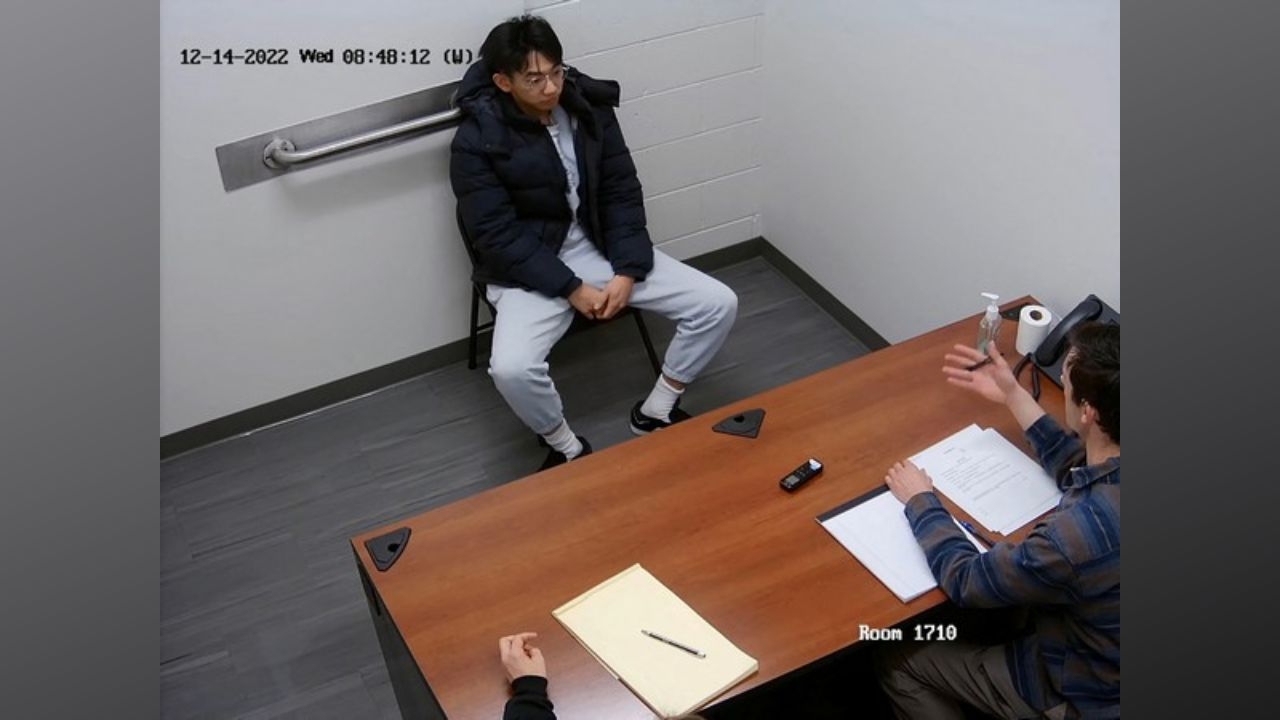

_251372_1280x720.jpg)
_251371_1280x720.jpg)
